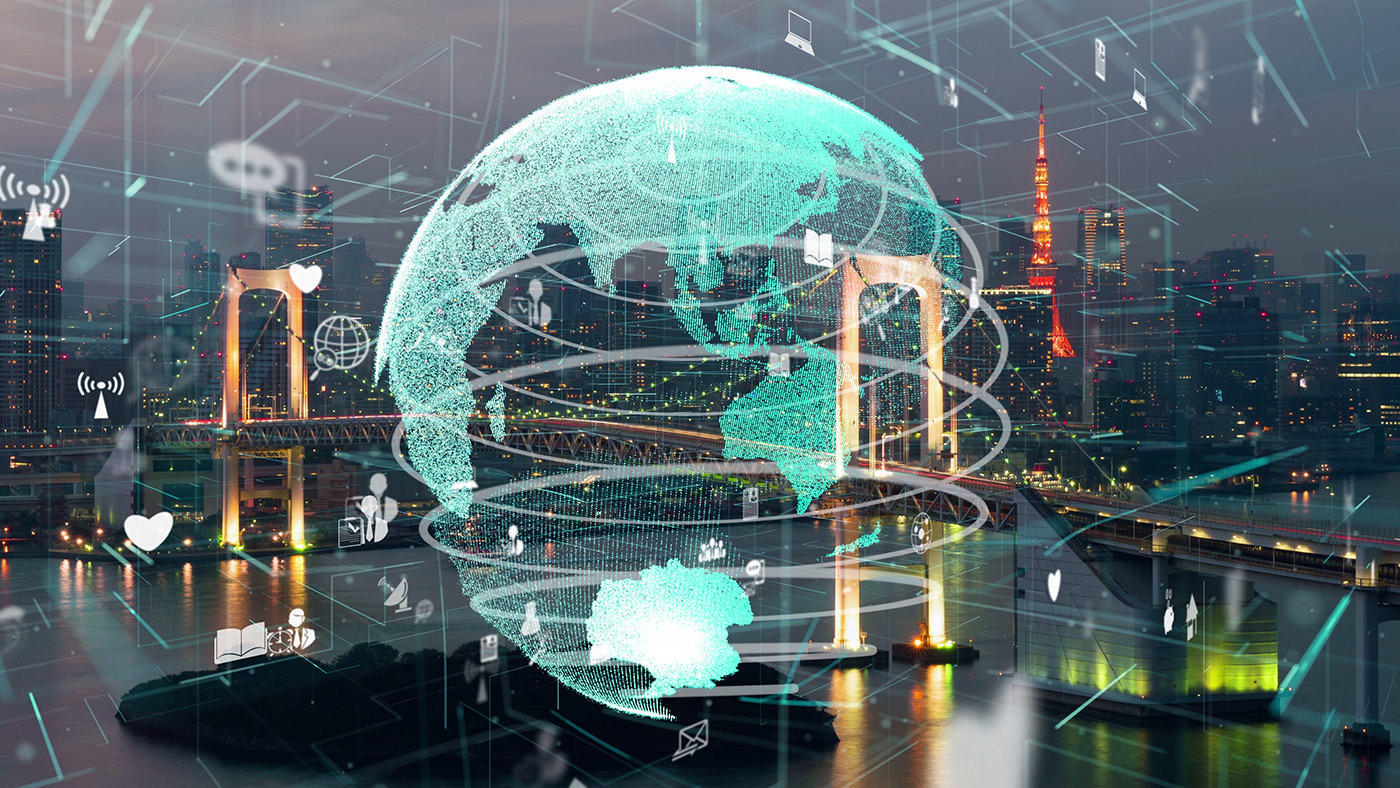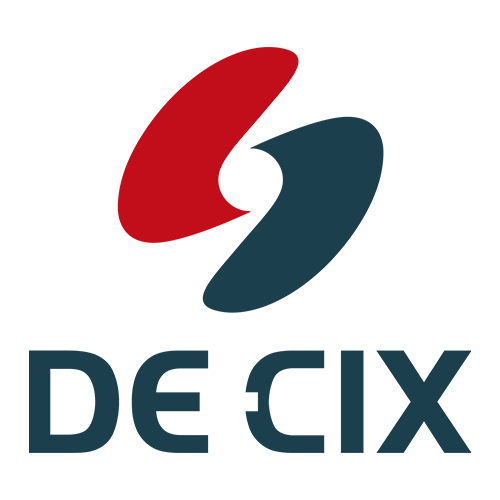Building Tomorrow's Internet: The Crucial Role of Direct Interconnection for Immersive Experiences
Journey into the Internet’s future with Dr. Thomas King, CTO of DE-CIX, as he navigates the challenges and visions of a seamlessly immersive digital landscape.

© max-kegfire| istockphoto.com
As we look to the future of the Internet, the concept of an immersive tactile experience becomes increasingly central. Dr. Thomas King, Chief Technology Officer of DE-CIX, delves into the challenges and responsibilities faced by infrastructure providers as they lay the groundwork for a digital landscape where the virtual seamlessly intertwines with the real. The goal? A future Internet that not only mirrors the sci-fi fantasies of Hollywood but surpasses them in its richness and interactivity.
Picture a world where the digital and physical realms converge, where our digital twins interact with the virtual representations of others and the environment around us. The immersive tactile Internet, as imagined in science fiction, demands cutting-edge technology and a robust digital infrastructure. For this vision to materialize, widespread acceptance of advanced end-user technology is essential. Equally critical is the establishment of a finely meshed network capable of transporting vast amounts of data with minimal latency.
The journey to a truly immersive experience
Our interaction with the tactile Internet will rely on digital twins navigating three-dimensional spaces, powered by Virtual Reality (VR) and wearables capable of conveying nuanced sensory information. The synchronization of data streams — video, audio, sensory, and cyber-locational — plays a pivotal role. Even the slightest delay in these streams can disrupt the authenticity of the experience, underscoring the need for low-latency and high-bandwidth infrastructure.
The basis of this immersive experience will lie in high-definition virtual representations of real-world spaces, generated by multiple video feeds offering a comprehensive 360° perspective. Wearables and Brain-Computer Interfaces (BCIs) will track user intentions and actions, shaping the personalized video feed. Seamless incorporation of tactile information, such as physically interacting with virtual or remotely controlled objects, further complicates the data synchronization process. The challenge is clear: achieving millisecond-level synchronization through the optimization of data pathways and the integration of Artificial Intelligence (AI).
The challenge of distance
As we explore the requirements for an immersive Internet, distance is a central challenge. Achieving almost real-time interactions demands low-latency connections, pushing the need for infrastructure closer to end-users. While the evolving 5G mobile technology and its successors promise low-latency within specific localities, the broader digital landscape also needs to evolve. This includes the proliferation of edge computing, container data centers in every neighborhood, access to clouds and AI services in low latency, and a high-bandwidth last mile, whether through 5G and beyond or Fiber-to-the-Home (FTTH/B).
Building a digital infrastructure to support the immersive Internet requires a technology-neutral approach. It is essential to preserve the openness and neutrality of the Internet, avoiding pitfalls like the vendor lock-in experienced in cloud services. Standardization across multiple levels is crucial to achieving interoperability, fostering a diverse and technologically neutral landscape.
Connectivity fabric for the tactile Internet
In the pursuit of a fully immersive Internet, there will need to be a dense mesh of interconnected infrastructure, comprising data centers, fiber networks, and advanced wireless technologies. This interconnected fabric will enable the fluidity of assets and data within the future Internet, ensuring seamless interactions. Central to this vision are next-generation Internet Exchanges (IXs) that facilitate the exchange of data at the lowest latencies. These interconnection platforms must be fully automated, secure, and resilient. They should operate in a neutral environment, drawing together a critical mass of digital infrastructure players to collaborate and interconnect different virtual universes.
Looking to the future
As we forge ahead, the demands on infrastructure are monumental. From upgrading existing technologies to introducing new ones, densely interconnected digital infrastructure is essential for the immersive Internet’s success. All network technologies have a role to play in achieving the necessary density of coverage, evolving over time to ever higher bandwidth and low-latency technologies.
The journey to an immersive tactile Internet is already well underway, with challenges and opportunities intertwined. The future Internet demands a delicate balance between technological innovation, infrastructure development, and the preservation of openness. As we lay the foundations today, we are not merely creating a futuristic dream; we are constructing the backbone of a digital reality that promises to reshape how we experience and interact with the world around us.
Dr. Thomas King has been Chief Technology Officer (CTO) at DE-CIX since 2018, and a Member of the DE-CIX Group AG Board since 2022. Before this, King was Chief Innovation Officer (CIO) at DE-CIX, starting in 2016. He has been instrumental in his role at keeping DE-CIX at the forefront of technological development of Internet Exchanges, establishing DE-CIX as a neutral Cloud Exchange, pushing the boundaries of what is possible in terms of high-bandwidth access technology and security solutions for IX platforms, and trailblazing the automation of IX services with the implementation of patch robots, the development of the DE-CIX API, and overseeing the DE-CIX self-service customer portal. Thomas King has also overseen the technical implementation of the international expansion in markets spanning from North America to Europe, the Middle East, India, Southeast Asia, and most recently Africa.
Please note: The opinions expressed in Industry Insights published by dotmagazine are the author’s or interview partner’s own and do not necessarily reflect the view of the publisher, eco – Association of the Internet Industry.





